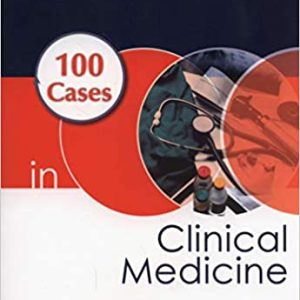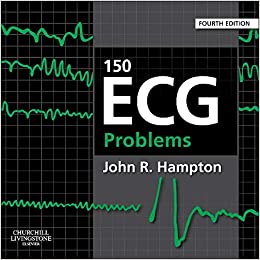Description
**_Blind Spots: When Medicine Gets It Wrong, and What It Means for Our Health_** is a book written by Dr. Osher (and co-authored with other experts in the field) that addresses how medical practice, while grounded in scientific principles, often contains significant flaws, gaps in knowledge, and biases. Dr. Osher delves into how medical professionals and institutions, despite the best of intentions, sometimes overlook or misinterpret critical aspects of human health, leading to misdiagnosis, ineffective treatments, or even harm.
Here are a few core themes and ideas from the book:
### 1. **Bias and Error in Medicine**
One of the primary focuses of the book is how human biases affect medical practice. This could be through diagnostic biases, where doctors may unintentionally focus on certain symptoms and miss others, or cultural biases where patients from certain backgrounds may not receive the same level of care as others. This section highlights how implicit biases, such as those related to gender, race, and socioeconomic status, can influence medical decision-making and lead to inequitable health outcomes.
### 2. **Overreliance on Standardized Guidelines**
While evidence-based guidelines are a cornerstone of modern medicine, Dr. Osher critiques the overreliance on one-size-fits-all protocols. While standardized guidelines work in many cases, there are situations where individual patients’ needs are more complex and require personalized approaches. The book stresses that there are inherent limitations in treating all patients the same way, as human health is highly individualized.
### 3. **The Role of Technology in Modern Medicine**
Dr. Osher explores how technology, like diagnostic tools and electronic health records, is transforming medicine. While technology holds great promise, it can also exacerbate blind spots. For example, reliance on algorithms can sometimes overlook important clinical nuances, or the heavy use of technology in diagnostics might detract from the physician’s personal engagement with the patient.
### 4. **The Disconnect Between Science and Clinical Practice**
In one of the most critical sections, the book addresses how medical research and clinical practice sometimes operate in silos. There’s often a disconnect between what is scientifically known and what is applied in real-world clinical settings. This gap can lead to the continued use of outdated treatments, failure to incorporate new evidence, and widespread medical errors.
### 5. **Systemic and Structural Issues in Healthcare**
Beyond individual physician error, Dr. Osher highlights how systemic factors like overwork, understaffing, and bureaucratic constraints contribute to medical failures. Doctors often face tremendous pressures to see more patients in less time, leading to rushed consultations, missed diagnoses, or incomplete patient histories.
### 6. **The Human Element: Empathy and Listening**
One of the book’s most important takeaways is the emphasis on the doctor-patient relationship. Dr. Osher argues that truly understanding patients’ concerns and listening to their experiences is crucial for accurate diagnosis and effective treatment. Despite all the technology and data available today, the human touch remains indispensable in healthcare.
### 7. **Improving Medical Practice**
The book doesn’t just point out flaws—it also offers ways to address them. From encouraging better communication between healthcare providers and patients, to creating systems that promote ongoing learning and self-reflection among medical professionals, Dr. Osher discusses potential strategies to reduce medical blind spots. Increasing diversity within medical teams, promoting patient-centered care, and reforming healthcare systems are all part of the conversation.
### Conclusion:
_”Blind Spots”_ emphasizes that while modern medicine has made extraordinary advances, it is far from perfect. By acknowledging these blind spots—whether due to bias, overgeneralization, or systemic pressures—doctors and patients alike can work toward a more informed and balanced approach to health. Dr. Osher calls for humility and continuous learning within the medical field, urging a more holistic, patient-centered view of health care. The book encourages both healthcare providers and patients to remain vigilant, ask questions, and not take medical expertise for granted.





Reviews
There are no reviews yet.